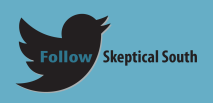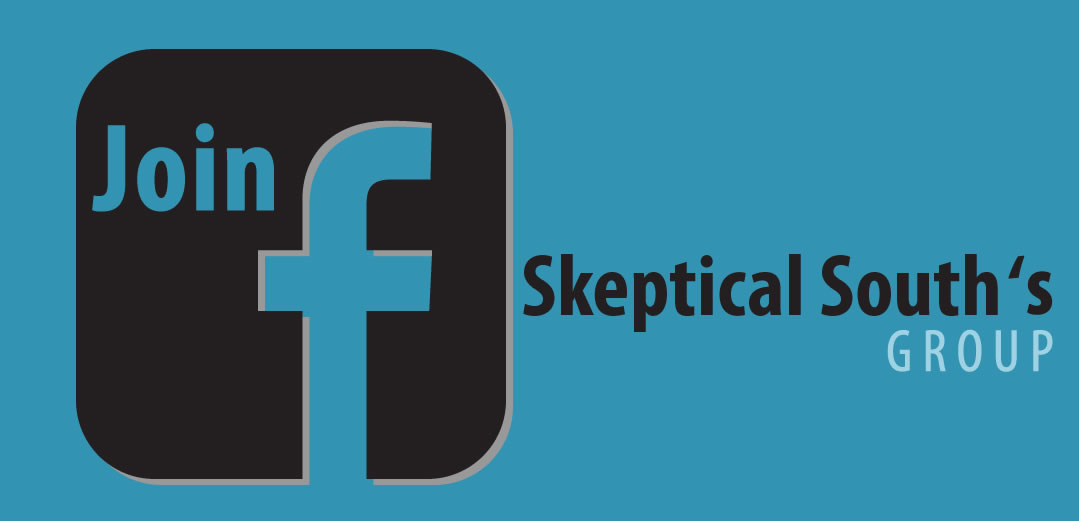Prayer In Public School

I’m trying out a series of posts highlighting how religion interacts with the law—specifically with the courts—in the United States. In this first post, I’ll look at the history of how the legal system has viewed prayers in public schools.
Most modern freethinkers reflexively understand that prayer recitation in public schools in this country is illegal, and has always been. After all, public school prayer is a pretty clear violation of the Establishment Clause of the Constitution (“Congress shall make no rule respecting the establishment of religion…”), a fundamental doctrine on which our country has stood from nearly the beginning.
Actually, both prayer recitation and Bible reading in public school was a very normal part of life in America until the 1960s. The Establishment Clause has undergone many mainstream interpretations throughout its history—did the law also apply to the states? what would it mean to “establish” a religion? the law could not endorse a religion, but how far did that prohibition extend? For a long time, the understanding was that the clause only meant that the United States could not form a state religion*, but that didn’t mean the government couldn’t be involved in religion. Establishing a state religion would mean the government would take huge actions like providing taxpayer support to a church. Government-sponsored schools forcing students to pray to a particular god (the Christian god, in almost every case) was, therefore, not understood to violate the Establishment Clause.
*For more understanding of state religions, read my post “Is America a Christian Nation?“
This understanding evolved in the 1960s due to a landmark Supreme Court decision. Engel v. Vitale involved the parents of Jewish students in a public school district in New York suing their school board for writing a prayer for students to recite each morning. The prayer was deliberately nondenominational, and participation by the students was voluntary. However, the plaintiffs made the case that the prayer’s very existence—having been created by a government entity—violated the Establishment Clause. When the case made it to the Supreme Court (during the Court’s liberal heyday of the 1960s), the Court ruled in favor of the plaintiffs, making it illegal for public school boards to compose prayers for students, and a historic precedent was set. The Court’s reasoning was that merely encouraging the practice of religion in general was enough to violate the Establishment Clause—it didn’t matter that the school wasn’t specifying a religion or church.
Subsequent cases brought before the Supreme Court built on the Engel ruling, and public school prayer bans were extended. While there are still news stories that pop up about public schools in obscure places in rural America coercing prayer during school, these schools are easily stopped by a parent filing a lawsuit, and the school ends up looking ridiculous (Although it probably gains credibility and popularity with the locals.).
Still, even though the Supreme Court has been a leader in prohibiting public school prayer, it has, alongside the lower courts, been very regressive in other Establishment Clause issues. It has allowed state capitols and courthouses to display the Ten Commandments, allows prayers to be recited before City Council meetings, and, most recently, issued the important Hobby Lobby decision that ruled, basically, that corporations have souls. We’ll explore each of those issues in posts to come.




I look forward to the 2nd installment of this blog series.